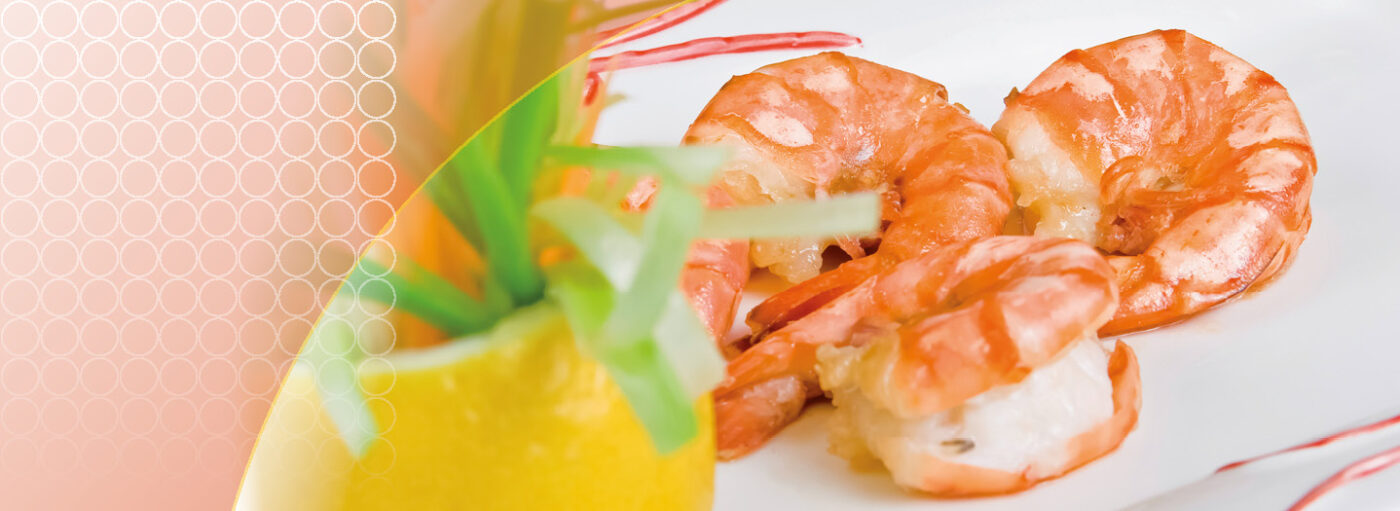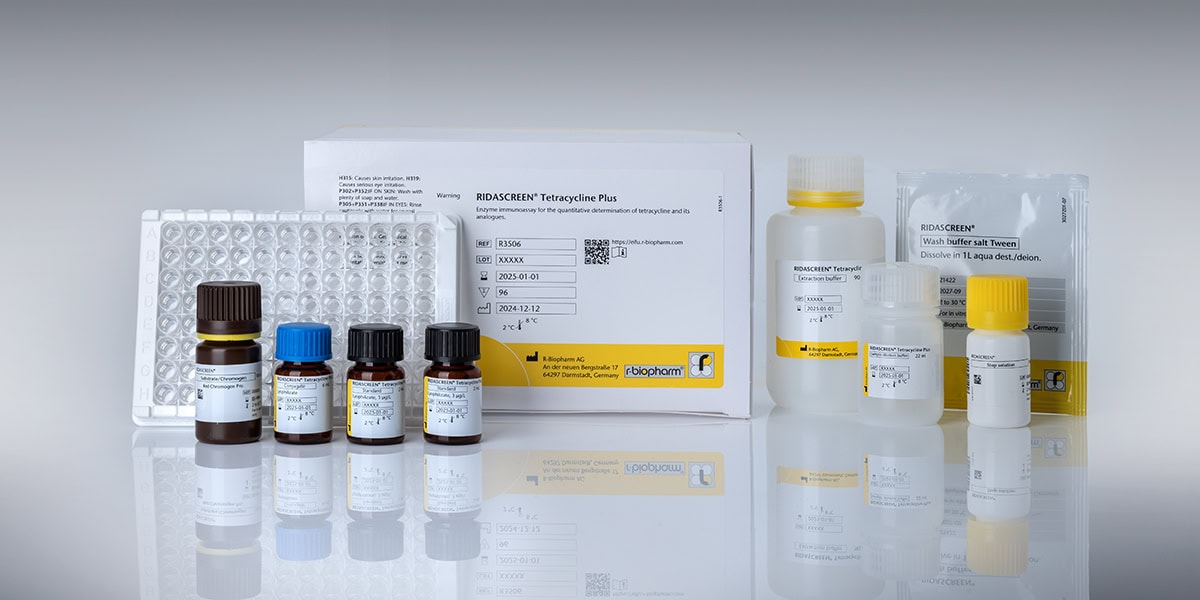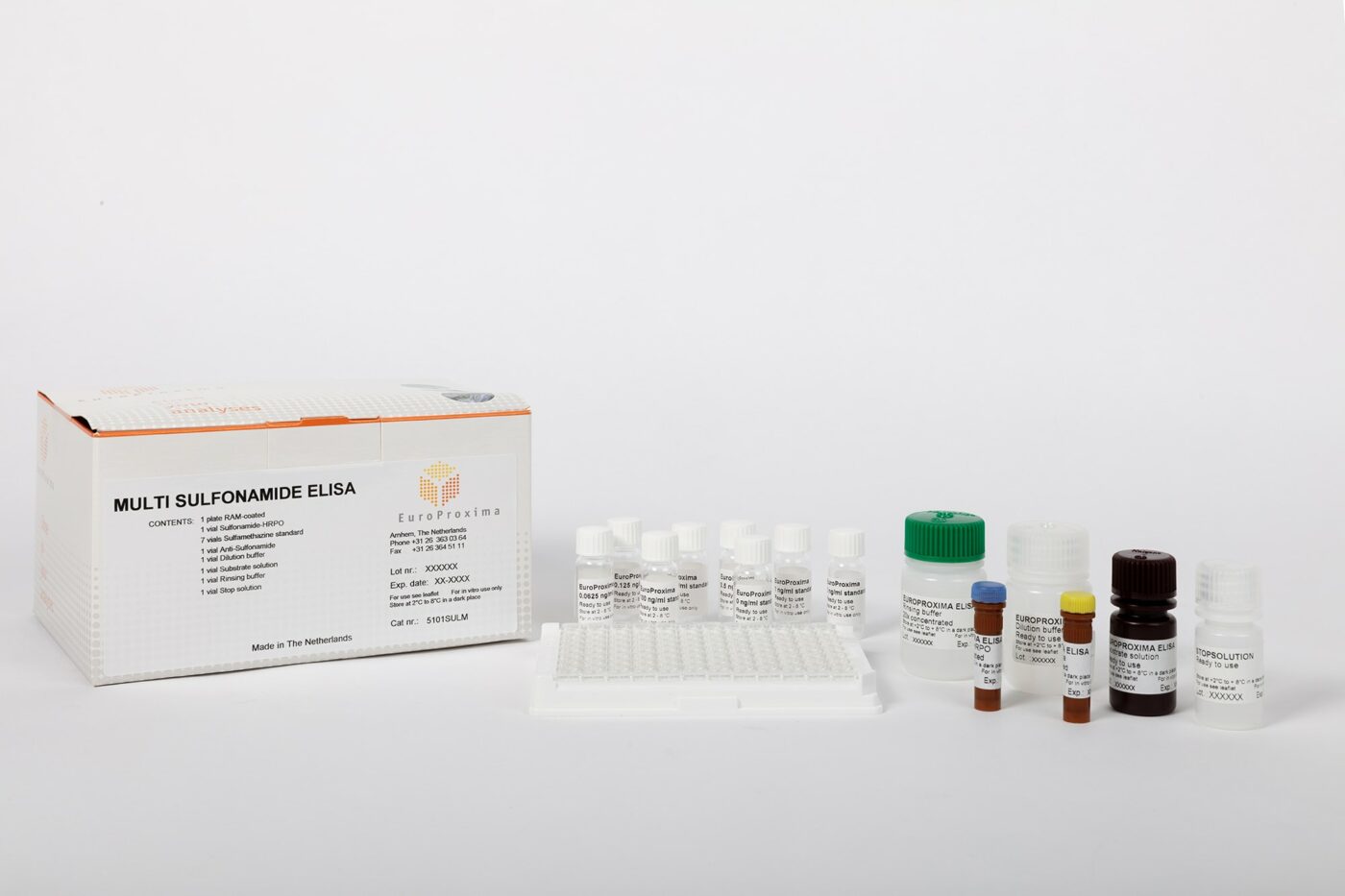
Recent news in Food & Feed Analysis
- Home
- /
- Antibiotic residues found in...
Antibiotic residues found in shrimps

Shrimps showing antibiotic contamination is not a new problem, but with the latest product recall of shrimps in Germany, it’s back in the headlines again. So should you stop eating shrimps?
The news that German supermarket chain REWE recalled their shrimps „ja! King Prawns” due to antibiotic residues appeared in numerous media. However, this is not an isolated case: Food products are subject to spot checks for antibiotic contamination during export and import – and inspectors make findings on a regular basis. This year alone, the RASFF already published 26 notifications concerning antibiotic residues in fish and seafood. Most cases involved nitrofuran or chloramphenicol; more seldom, residues of oxytetracycline, sulfadiazine, sulfamethoxazole or trimethoprim were discovered.
How do antibiotics get into shrimps?
The worldwide demand for shrimps and other seafood has greatly increased over the past decades. Natural resources are by no means sufficient to meet this demand. Therefore, seafood is cultivated in aquafarms. This so-called aquaculture is an intensive livestock farming in which a large number of animals are kept in small spaces, making them more prone to diseases. In order to preserve the animals‘ health, as well as to ensure production and to increase yields, antibiotics are used on a large scale.
Test portfolio for the detection of antibiotics
- RIDASCREEN® Nitrofuran (AHD) (Art. No.: R3713)
- RIDASCREEN® Nitrofuran (AMOZ) (Art. No.: R3722)
- RIDASCREEN® Nitrofuran (AOZ) (Art. No.: R3703)
- RIDASCREEN® Nitrofuran (SEM) (Art. No.: R3715)
- RIDASCREEN® Chloramphenicol (Art. No. R1511)
What is the legal situation?
Antibiotics such as chloramphenicol and nitrofuran are often administered in aquaculture. However, their use is illegal in the EU and many other countries, since even very low residue levels pose a risk to consumer health. For chloramphenicol, zero tolerance applies in the EU; test systems must show a minimum required performance limit (MRPL) of 300 ng/kg (just as a quick reminder, 1 ng is the billionth part of a gram). The ELISA test RIDASCREEN® Chloramphenicol (Art. No. R1511) has a detection limit of 8 ng/kg in shrimps and thus provides a sensitivity that is considerably lower than required by EU law.



